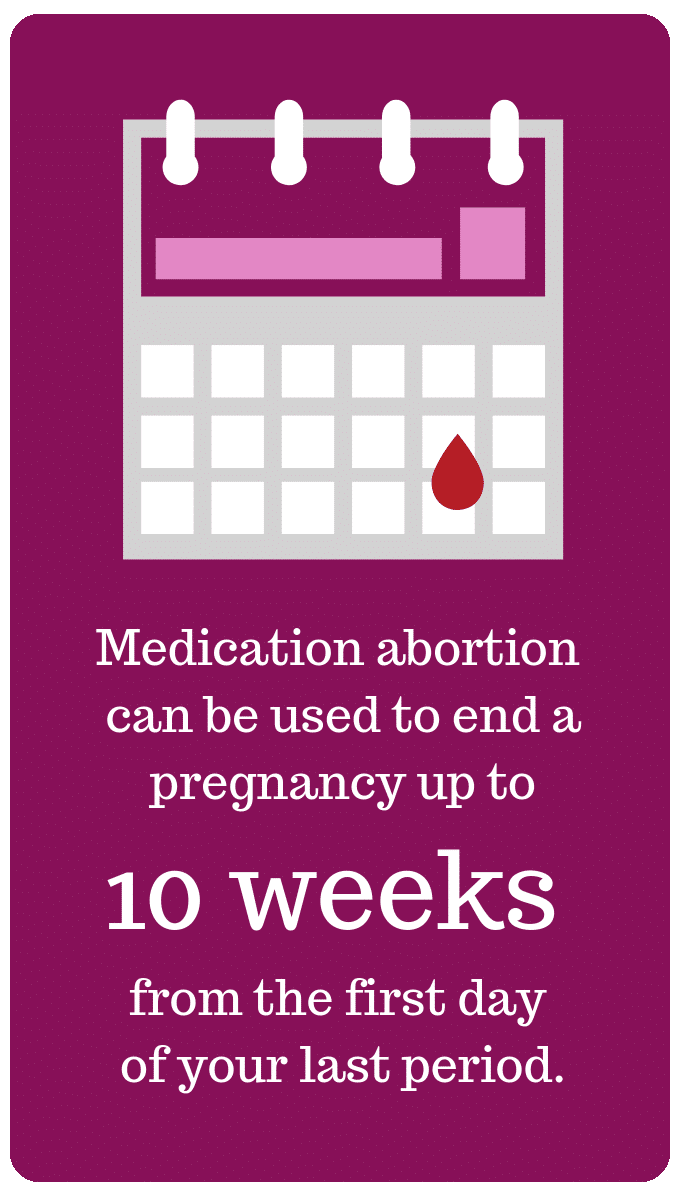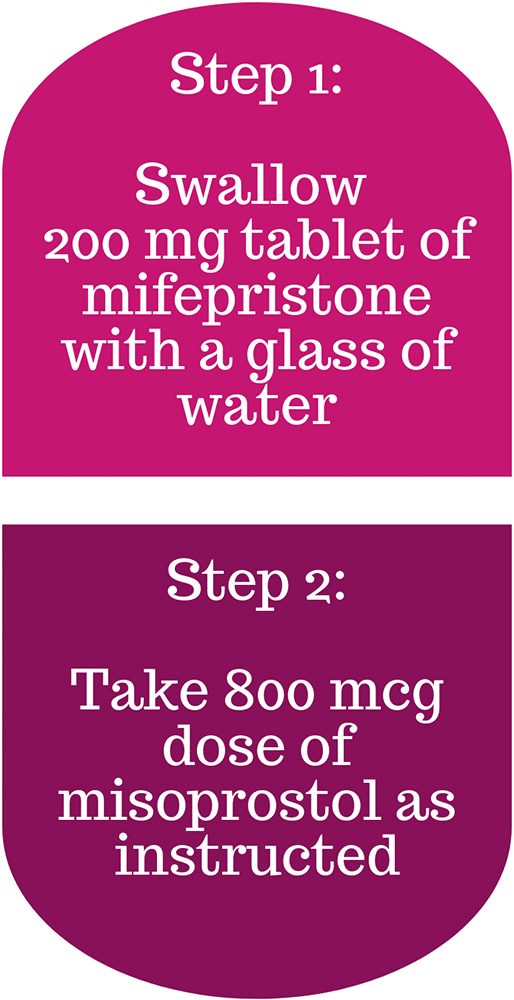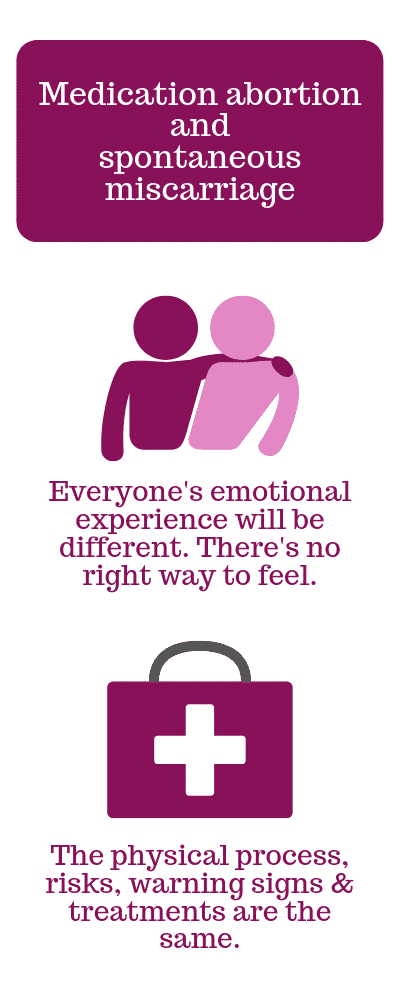
Health Info, Policy Updates
10.14.24 Voter Empowerment Alert
October 13, 2024
Check out Vote 411's Healthy Voter Checklist here. Get more free voting tips and resources at our Voting HQ Page.

Consumer Health Info, Health Info
Publication Date: July 31, 2023
By: Katymay Malone, Ph.D., M.A., MCHES®

FDA guidance states that medication abortion can be used to end a pregnancy up to 10 weeks from the first day of your last period.
Medication abortion does not increase your future risk of infertility or miscarriage.
The morning-after pill is a form of emergency contraception (aka birth control) taken within 5 days of unprotected sex (depending on the regimen/type), or when failure of birth control is a concern, in order to prevent a pregnancy. If you are already pregnant, emergency contraception will NOT induce an abortion.
Some pregnant people choose to use abortion pills by connecting with a trusted medical care provider via internet, phone, or telemedicine*. Others choose to self-manage their abortion at home using FDA-approved abortion pills which they can discretely order online and have mailed to their home. The NWHN strongly supports the right of individuals to make these choices for themselves.Information on how to access and use abortion pills in the US without going into a clinic:
*Legal restrictions may apply in your state.
 During a medication abortion, the pregnant person induces a miscarriage using FDA-approved medications at home.
During a medication abortion, the pregnant person induces a miscarriage using FDA-approved medications at home.
In-clinic/surgical abortion is an option (and sometimes required) if medication abortion is incomplete. During an in-clinic abortion (sometimes called a “surgical abortion”), a medical professional physically removes the contents of the uterus.
Medication abortion is FDA-approved to end a pregnancy up to 10 weeks from the first day of your last period. The most effective process involves taking two different FDA-approved medications: mifepristone and misoprostol.
 Step 1:
Step 1:Swallow a 200 mg tablet of mifepristone with a glass of water to block the hormone progesterone which helps line the uterus during pregnancy.
Up to 48 hours later (1-2 days), take an 800 mcg dose of misoprostol (often four 200 mcg tablets) to increase uterine contractions in order to empty the contents of the uterus. Be sure to follow the instructions carefully. Misoprostol is most often taken by dissolving the pills under your cheek or tongue or by inserting them into your vagina, not by swallowing them.
The two medications are recommended by the World Health Organization and The American College of Obstetricians and Gynecologists (ACOG) and are up to 99.7% effective when taken together this way. Alternatively, a pregnant person may only take misoprostol, following a different dose and schedule. (Misoprostol alone is up to 85-90% effective.)
How Safe Is Medication Abortion?
 Fewer than 4 people out of 1,000 will have serious complications requiring hospitalization, infusion, or surgery. Out of more than 3.7 million medication abortions administered in the U.S. since 2000, only 13 deaths from causes “probably or possibly related to” medication abortion have ever been reported to the FDA.
Fewer than 4 people out of 1,000 will have serious complications requiring hospitalization, infusion, or surgery. Out of more than 3.7 million medication abortions administered in the U.S. since 2000, only 13 deaths from causes “probably or possibly related to” medication abortion have ever been reported to the FDA.
To put those numbers in perspective, commonly prescribed drugs for erectile dysfunction, like Viagra, are six times deadlier, with a mortality rate of 4 deaths per 100,000 users. Meanwhile, more than 600 people die each year from acute liver failure caused by acetaminophen (Tylenol) overdose and another 16,500 die from serious gastrointestinal bleeding caused by nonsteroidal anti-inflammatory drugs (NSAIDs)-the category that includes brand names such as Motrin, Advil, and Aleve.
And, of course, medication abortion is much safer than pregnancy or childbirth. According to the U.S. Centers for Disease Control and Prevention (CDC), there are 17.3 pregnancy-related deaths in the U.S. for 100,000 live births. The numbers are significantly worse for Non-Hispanic Black women (41.4 deaths per 100,000 live births)and Non-Hispanic American Indian or Alaska Native women (26.5 deaths per 100,000 live births). These women are also the most likely to face economic, geographic, and political barriers to accessing abortion care when they need it.
 The emotional experiences of a medication abortion and a spontaneously occurring miscarriage may be very different. Everyone will experience the process differently and that’s okay. There’s no right or wrong way to feel!
The emotional experiences of a medication abortion and a spontaneously occurring miscarriage may be very different. Everyone will experience the process differently and that’s okay. There’s no right or wrong way to feel!
From a medical perspective, there is no physically significant difference between a medication abortion and a spontaneously occurring miscarriage. The physical process, risks, warning signs, potential complications, and treatments are the same. For example, the medicines used in medication abortion are used to help safely manage an incomplete miscarriage.
That’s important to know because it means:
The morning-after pill is a form of emergency contraception (aka birth control) taken within a few days of unprotected sex in order to prevent a pregnancy. If you are already pregnant, emergency contraception will NOT induce an abortion.
Some forms of emergency contraception, like levonorgestrel (brand name Plan B) can purchased over the counter or through sites like Amazon and Walmart.com. Other forms, like ulipristal acetate (brand name Ella) are available by prescription. The copper IUD (placed in the uterus by a medical professional) can also be used as emergency birth control if inserted within 5 days of sex.
What if I Take the First Medicine (Mifepristone) but Not the Second One (Misoprostol)?
You might have a complete abortion, you might have a missed abortion in which the fetus is no longer viable but remains in your uterus, or your pregnancy might continue. There is no evidence that an abortion can be “reversed” through techniques like dosing with progesterone, and we don’t know how risky such techniques might be for the pregnant person.
Each body is unique, and no two experiences are the same. The end of an early pregnancy can be taxing physically and sometimes mentally. Take steps to make your process as comfortable as possible. If something feels wrong, contact a health professional right away.
There are typically two options to remove any remaining tissue from the uterus and prevent infection:
Both medication and physical removal are completely safe, and the choice between the two is usually up to the individual.
When seeking medical care for either an incomplete miscarriage or abortion, it is not necessary to tell medical personnel whether you have had an abortion or a miscarriage. Trusted resource Women on Web notes, “there are no tests that can show that a pregnant person has done a medication abortion,” and “any clinic that can deal with complications of miscarriage can also help women with incomplete abortions, because the symptoms are the same.”
